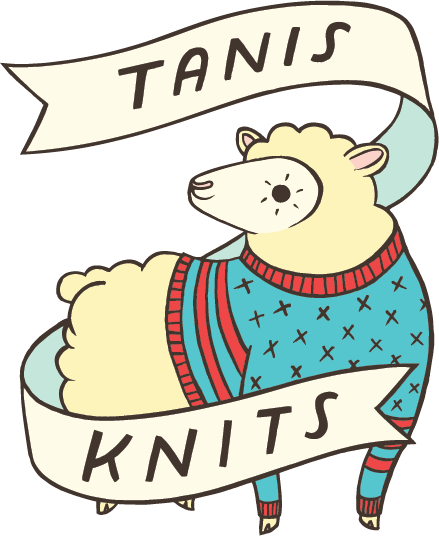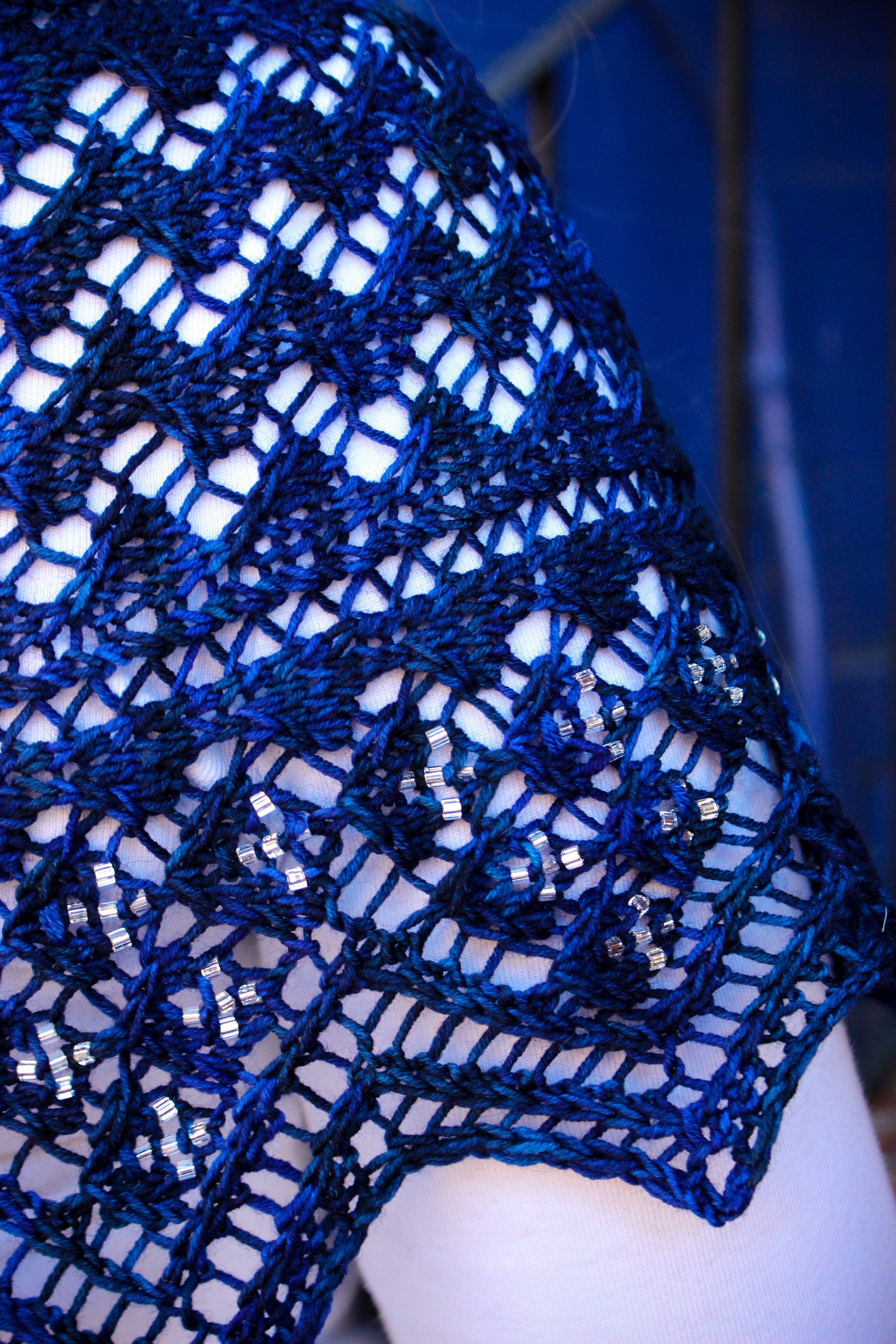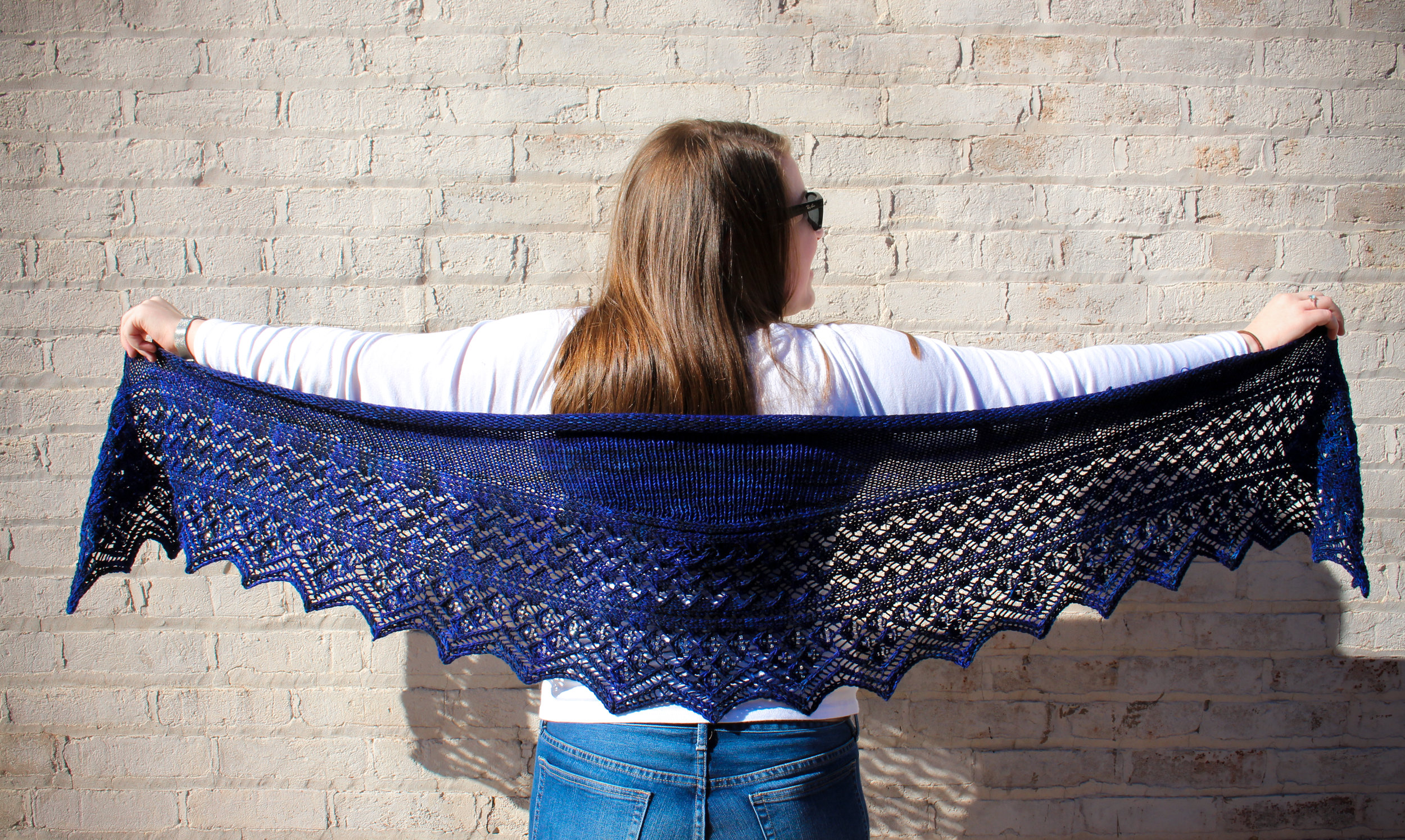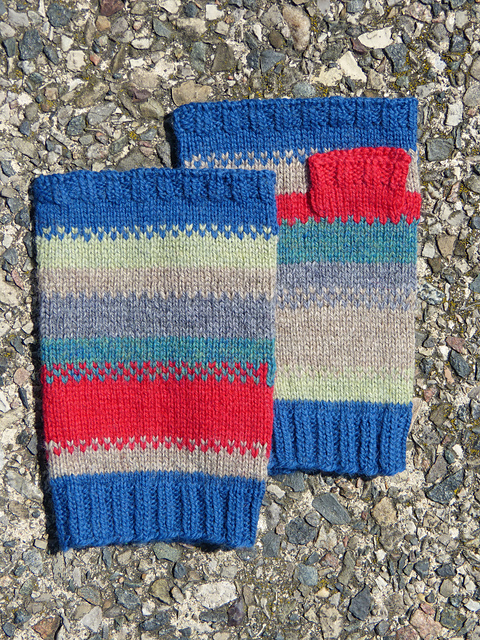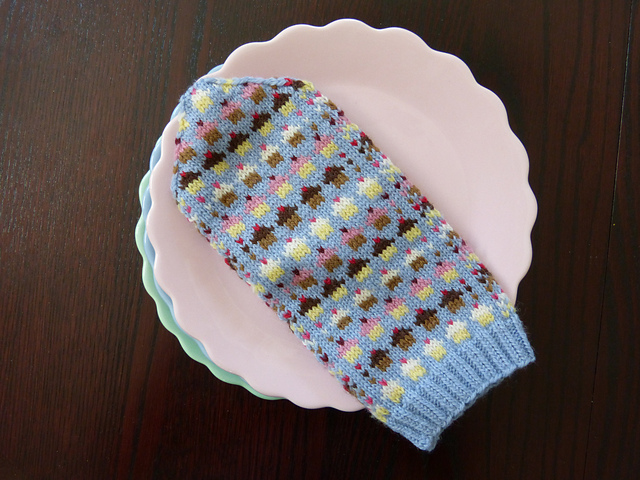Things here on the blog have been a bit quiet, mainly because in between spraining my left wrist and coming down with (another round of) bronchitis, we moved locally over the weekend. The annoying thing about moving is there are simply no short cuts. EVERYTHING you own in the world must be gone through, donated, thrown away or kept, chucked into boxes, moved by a bunch of random strangers and unpacked into an unfamiliar space. You're left with an empty tape gun dispenser, a graveyard of broken-down boxes, sanity frazzled and a general feeling of whiplash. Local moves seem particularly insulting because you're not moving far, but it's really no less work. So we moved. We're in a home that's ours, we're by a lake, I have a real office (instead of a closet) and while my sanity remains slightly frazzled as I try to unpack with a 4-year-old who thinks "helping" is putting stuff back into boxes, we're pretty excited to start this new chapter. We left a place that was 900 square feet with two adults, a child and a dog (not to mention my yarn and fabric stash). It was difficult and we always felt cramped. My dad aptly said "you have elbow room now." Elbow room, indeed.
I have a few new things to share with you over the next week or so, but I just got my computer up and running, my command central set up and while it'll take me a while to fully unpack, this place feels like home. It feels like home in a way no other place we've ever lived (and there have been many) has. My brain has been humming with new ideas and things I want to try out, my hands are dying to get back to my sewing machine and the OCD part of my brain is begging to get my yarn stash organized, but for now, I'd like to share this amazing article I read a few days ago that stopped me in my tracks and made me say "wow" out loud... Original article posted here.
New Embroidered Landscapes That Cascade off the Wall by Ana Teresa Barbozaby Christopher Jobson

Ana Teresa Barboza (previously) produces embroidered landscapes with wandering streams that break the fourth wall, jumping off their 2D structures and cascading to the floor in waterfalls of blues and greens. The remaining landscape Barboza keeps in black and white, focusing the viewer’s eye on the vibrant colors that compose the rushing water rather than the surrounding mountains and rocks.
Recently the artist has begun to embroider on top of images, collaborating with photographs instead of producing the entire scene. For these particular pieces her yarn remains organized when it trails off the work, each color tightly wound into separate spools that rest above or beside the piece. In this way it seems as if she is neatly categorizing the shades of the ocean, dissecting the hues that comprise the water’s high and lowlights.
With this focus on color it makes sense that the Peruvian artist has an education in painting, she studied the subject at Pontifical Catholic University in her hometown of Lima. The work featured here was originally in her solo exhibition “Volver a Mirar” at Now Contemporary Art in Miami, Florida in late 2014. You can see more of her embroidered land and seascapes on her website here.







